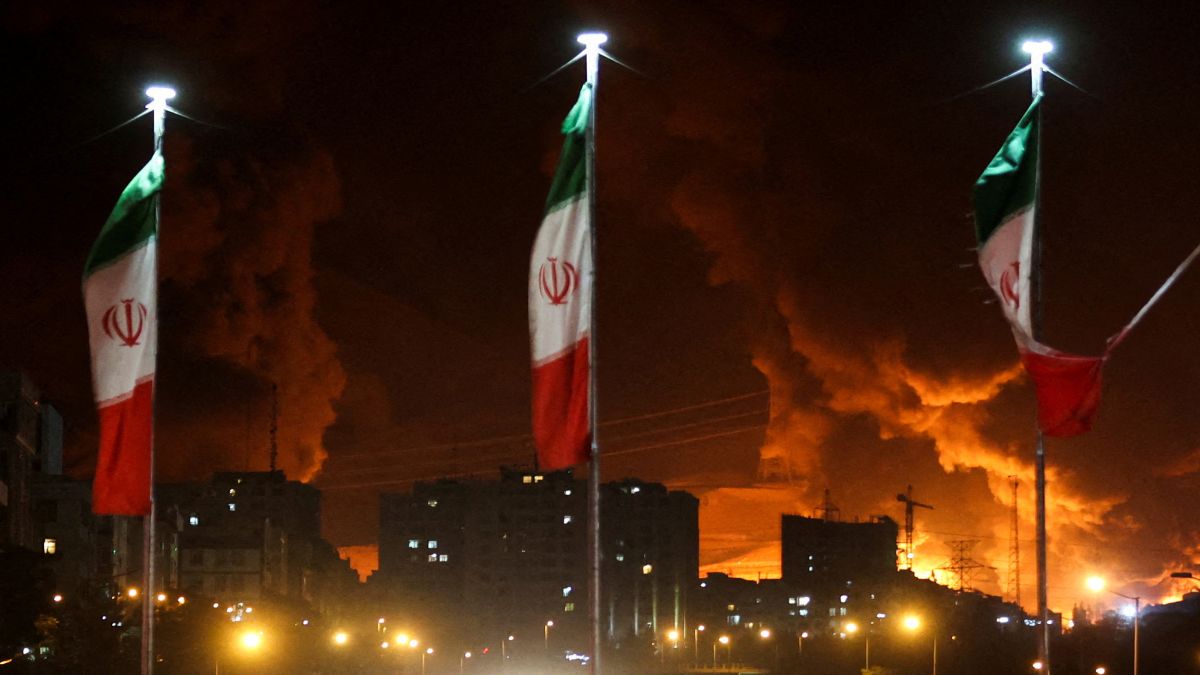Last week, Israel launched a series of devastating strikes on Iran, targeting nuclear facilities, missile sites, and key military figures, including the chief of staff and the head of the Islamic Revolutionary Guard Corps (IRGC). While Supreme Leader Ali Khamenei survived , Iran’s military leadership was decimated, leaving the regime reeling. The speed and scale of this collapse have raised a critical question: Why did Iran’s deterrence, carefully built over decades, crumble so rapidly?
Iran’s over-reliance on proxies
Iran’s deterrence strategy has long rested on a “horizontal” approach, leveraging a network of proxies—Hezbollah in Lebanon, Hamas in Gaza, the Houthis in Yemen, and Iraqi militias—to project power and threaten adversaries indirectly.
This was complemented by a robust missile program, designed to overwhelm enemies with sheer volume. Together, these elements allowed Iran to maintain influence while avoiding direct confrontation. However, the events of June 2025 exposed the fragility of this strategy.
Escalation
The unravelling began with Hamas’s Oct 7 attack against Israel. As the Jewish nation mounted a retaliatory response, Emboldened Iran encouraged its proxies to intensify attacks on Israeli targets across the region.
This escalation backfired spectacularly.
Israel first decimated Hamas in Gaza and then Hezbollah in Lebanon in a campaign that lasted for months.
Amid this chaos, the collapse of the Assad regime in Syria further eroded Iran’s strategic depth
After significantly weakening Iran’s web of proxy groups, the Jewish nation last week finally set its eyes on the fulcrum, the Shi’ite nation located miles away from its borders.
Missile failures: A major embarrassment
Iran’s missile program, once a cornerstone of its deterrence, also proved ineffective.
In April and October 2024, Iran launched direct missile attacks on Israel, only to see nearly all of them intercepted by Israeli, US, and allied air defences.
Impact Shorts
More ShortsThese failures not only highlighted the technological gap between Iran and its adversaries but also shattered the perception of Iran’s missile threat as a credible deterrent.
With its arsenal unable to penetrate advanced defences, Iran’s ability to project power was severely undermined.
Leadership wiped out
The June 2025 Israeli strikes delivered a crippling blow to Iran’s military leadership and infrastructure. The deaths of top commanders, including the IRGC head, erased decades of institutional knowledge and trust within the regime.
These losses created a strategic vacuum that Iran cannot quickly fill, as experienced leaders are not easily replaced. Simultaneously, Israel destroyed significant portions of Iran’s air defences, missile stockpiles, and nuclear enrichment facilities. Without adequate air defences, Iran’s skies are now vulnerable, and its ability to threaten adversaries or pursue nuclear ambitions has been severely curtailed.
Iran’s ‘vertical approach’
In response to these setbacks, Iran appears to be pivoting from its traditional “horizontal” deterrence to a more centralised, “vertical” approach.
This strategy emphasises advanced technologies such as drones, improved air defences, and potentially accelerated nuclear development.
However, this shift comes at a steep cost. Iran faces mounting economic sanctions, domestic unrest, and the need for increased military spending, all of which strain its already fragile economy. The regime now confronts a stark dilemma: compromise by abandoning key elements of its strategy, risking domestic backlash, or escalate further, potentially pursuing a nuclear breakout—a move that could invite even greater international retaliation.
A strategic crossroads
With its proxy network in tatters, its missile programme exposed as ineffective, and its military leadership and infrastructure devastated, Iran is more vulnerable today than at any point since the 1979 Islamic Revolution.
The rapid collapse of its deterrence underscores the risks of over-reliance on proxies and outdated military capabilities in the face of a determined and technologically superior adversary. As Iran navigates this strategic crossroads, its choices—whether to compromise or double down on escalation—will shape its future and the region’s stability.


)

)
)
)
)
)
)
)
)



